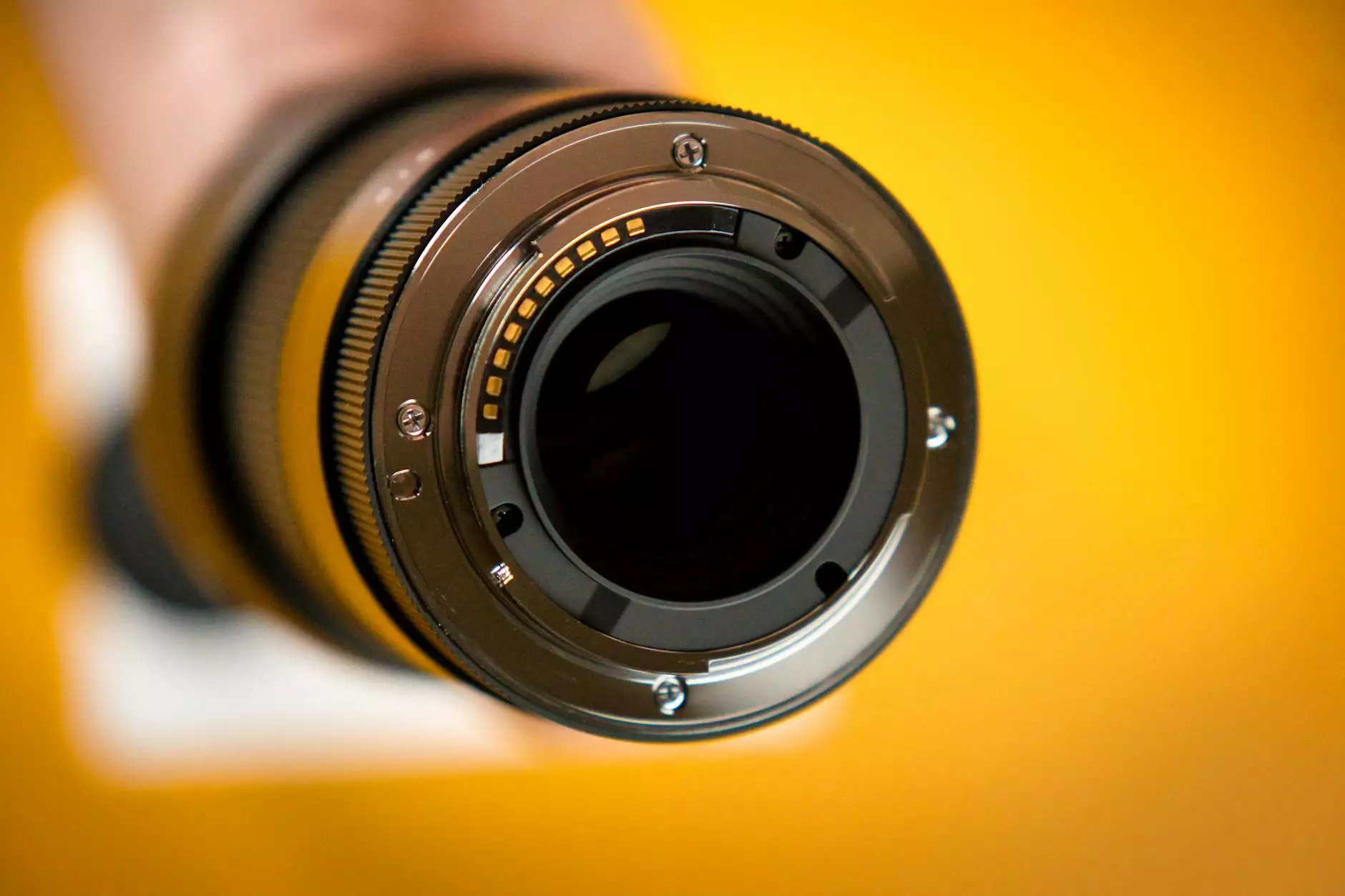Understanding ENT Surgical Instruments: Enhancing Medical Precision

The field of Otolaryngology, often known as ENT (Ear, Nose, and Throat) medicine, encompasses a broad spectrum of conditions and treatments. Central to this domain is the usage of specialized tools known as ENT Surgical Instruments. These instruments are pivotal for doctors to diagnose, treat, and manage conditions that affect the ear, nose, and throat regions. This comprehensive article will delve into the significance, types, and advancements of ENT surgical instruments, aiming to provide a detailed understanding for professionals and laypersons alike.
The Importance of ENT Surgical Instruments
In the realm of health and medical practices, the precision of surgical instruments can drastically influence patient outcomes. ENT surgical instruments are designed to facilitate delicate procedures, ensuring minimal invasiveness and maximum efficacy. Here are a few reasons why these instruments are critical in healthcare:
- Precision: ENT surgeries demand a high level of accuracy. Specialized instruments help surgeons to operate effectively with minimal risk to surrounding tissues.
- Versatility: These instruments can be used for a wide range of procedures, from simple examinations to complex surgeries.
- Enhanced Visualization: Many ENT instruments are designed to provide clear views of anatomical structures, aiding in accurate diagnosis and treatment.
- Improved Safety: The adoption of advanced materials and designs minimizes the risks of complications during surgical procedures.
Types of ENT Surgical Instruments
ENT surgical instruments come in various types, each tailored for specific functions. Below is a categorized overview:
1. Examination Instruments
These instruments are essential during the initial diagnosis and evaluation stages:
- Otoscope: Used to examine the ear canal and eardrum. It allows physicians to visualize issues like infections or structural abnormalities.
- Rhinoscope: This instrument facilitates the examination of the nasal passages, assisting in diagnosing conditions such as sinusitis.
- Laryngoscope: Utilized for viewing the larynx and vocal cords, critical for diagnosing voice-related problems.
2. Surgical Instruments
For performing actual surgical procedures, these tools are indispensable:
- Scissors: Specialized types like Stanzel scissors and Sims scissors are designed for specific ENT procedures, including tonsillectomies and adenoidectomies.
- Forceps: Commonly used forceps such as Allis forceps and Mayo dissecting forceps are essential in manipulating tissues safely during surgery.
- Suction Devices: Effective suction is crucial in ENT surgeries to clear blood and debris from the surgical site, enhancing visibility.
3. Diagnostic Tools
In addition to surgical instruments, ENT practitioners utilize various diagnostic tools:
- Endoscopes: These permit a detailed view of the interior of the nasal passages, pharynx, and larynx, enabling accurate assessments.
- Cochlear Implant Tools: Instruments that assist in the surgical placement of cochlear implants, vital for patients with significant hearing loss.
Recent Innovations in ENT Surgical Instruments
With advancements in technology, ENT surgical instruments have undergone significant changes, enhancing their efficacy:
Robotic-Assisted Surgery
Robotic surgery has emerged as a transformative innovation, allowing for minimally invasive procedures with enhanced precision. Surgeons can now utilize robotic arms controlled via consoles, offering unparalleled accuracy and control. This technique reduces recovery time and improves patient outcomes.
3D Imaging and Printing Technologies
The advent of 3D imaging technologies has revolutionized the way ENT surgeries are planned and executed. Surgeons can visualize complex anatomical structures before the operation takes place. Furthermore, 3D printing has enabled the creation of customized surgical instruments tailored to the unique anatomy of patients.
Challenges in the Use of ENT Surgical Instruments
Despite advancements, some challenges persist in the efficient use of ENT surgical instruments:
- Cost: High-quality surgical instruments can be expensive, which may impact smaller healthcare facilities.
- Training: Surgeons and medical staff require ongoing training to remain adept at using new instruments and technologies effectively.
- Maintenance: Proper care and maintenance of instruments are crucial to ensure their longevity and effectiveness.
Conclusion: The Future of ENT Surgical Instruments
The field of ENT continues to evolve, with surgical instruments playing a vital role in patient care. Innovations such as robotic-assisted surgeries and 3D imaging create exciting possibilities for the future of ENT practice. As technology advances, we can expect even greater precision and outcomes in treatments for ear, nose, and throat conditions.
In conclusion, understanding ENT surgical instruments and their applications is essential for professionals in the healthcare community. Knowledge of these tools not only enhances surgical outcomes but also supports the continuous advancement of health markets and medical supplies. By investing in high-quality instruments and embracing new technologies, we can significantly improve patient care and enhance the overall success of ENT surgeries.
For more information about the best ENT surgical instruments, visit new-medinstruments.com.









